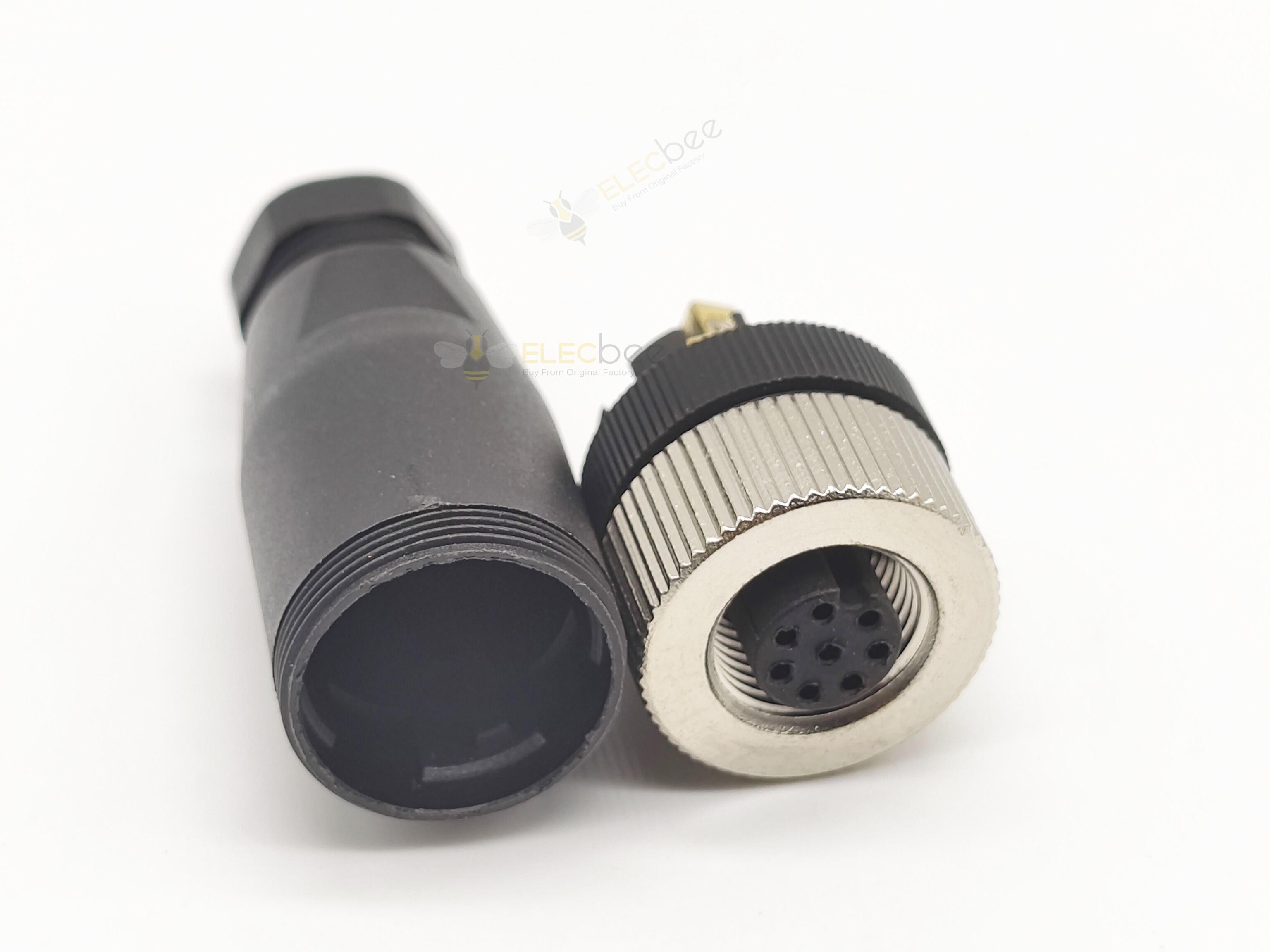A circular connector consists of two parts - a cylindrical multi-pin plug and a socket that, when mated with each other, are used to power or transmit electrical signals to electrical equipment. Their circular design resists harsh environments and delivers data and power reliably. From the International Space Station orbiting the Earth at a speed of 7.66 km/s, to astronauts overlooking the continent below through the dome, to high-flying fighter jets and airliners, to nuclear-powered submarines lurking in the icy depths, the Arctic Ocean and the seabed are straddling the ocean. Submarine internet cables, circular connectors can provide critical electrical signals and power to large machines operating in harsh environments, so we require these devices to be safe and reliable.
Establishing a safe and reliable connection between two mating connectors is essential to avoid potentially dangerous situations that can endanger equipment and, most importantly, life. This is where the coupling mechanism comes into play. Each coupling method has a different set of key features and benefits, but all ensure a secure connection in any application. Since there are so many ways to couple circular connectors, choosing the right coupling mechanism for your application is critical.
Threaded, bayonet, and push-pull are the three basic coupler styles commonly used for circular connectors. When choosing which coupler style to use, various factors must be considered, including technical requirements, environmental conditions (eg, vibration, shock, moisture, dust), ergonomics, and the number of fits required. User experience and cost regarding installation and maintenance must also be considered.
Threaded connector
Threaded connectors are ideal for applications that require high performance and do not require frequent mating. These circular connectors achieve significant mating force, reducing the chance of accidental disconnection. The threaded connector requires only four turns of the coupling ring to fully mate. For added safety and reliability, lock wire holes are provided along the outside of the coupling ring. Threaded connectors ensure a secure connection even in high vibration applications. Threaded circular connectors are commonly found in communications equipment, heavy machinery, military aircraft and missiles.

Bayonet connector
Bayonet connectors are very easy to install, mating and unmating through their simple "push and twist" mating action, making them ideal for applications that require frequent mating and unmating. Coupling/decoupling is achieved by ⅓ turn of the coupling ring, and the fit is obtained by using bayonet pins and bevels instead of threads.
Bayonet connectors provide a combination of visual, audible and tactile confirmation that the connectors are properly aligned and mated securely. There are also inspection holes on the coupling ring for further visual proof that the bayonet pin is in the locked position.
Circular bayonet connectors are ideal for blind mate applications and are often found in harsh industrial environments that often include shock and vibration. As industrial connectors, they are often used with generators, sensors and motors.
Push-pull connector
Push-pull circular connectors are designed to prevent accidental disconnection by a self-locking mechanism that involves pushing the plug into a mating receptacle. The connection achieved cannot be broken just by pulling the connector apart, but the connector body must be squeezed while pulling outward to successfully break the connection. Unlike traditional connectors that require rotational force to mate and pull out, push-pull connectors rely on axial force.
Push-pull connectors offer significant space savings as the connect/disconnect process requires the technician to use only two fingers. This in turn allows multiple connectors to be mounted close to each other.
Circular connectors with push-pull coupling are ideal for applications where reliability is critical and quick connect/disconnect. Such applications include medical, instrumentation, soldier wearables, communications, and military vehicles.

Choosing the right coupling for your design may be challenging, but with the help of Elecbee experts, we can provide you with multiple couplings to make the selection process simpler and easier. Whether you need medical connectors for innovative ventilator designs, rugged connectors for generators, or industrial connectors for palletizing robots, our team of connector experts can help you navigate your design choices, Find the best solution for your application. If you have any needs, please email service@elecbee.com or call +86 18271418329, Elecbee looks forward to cooperating with you.

